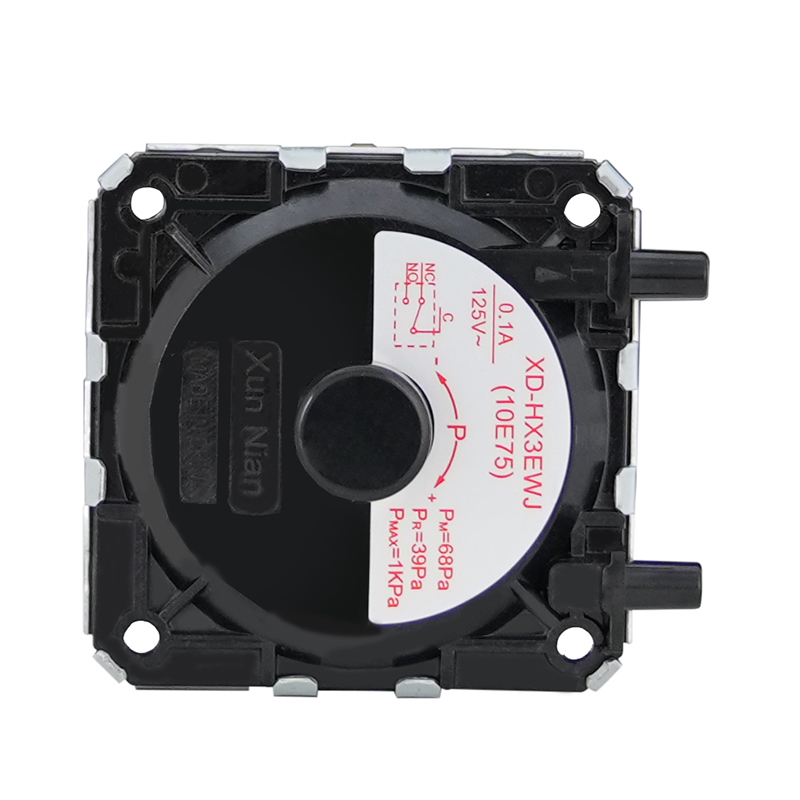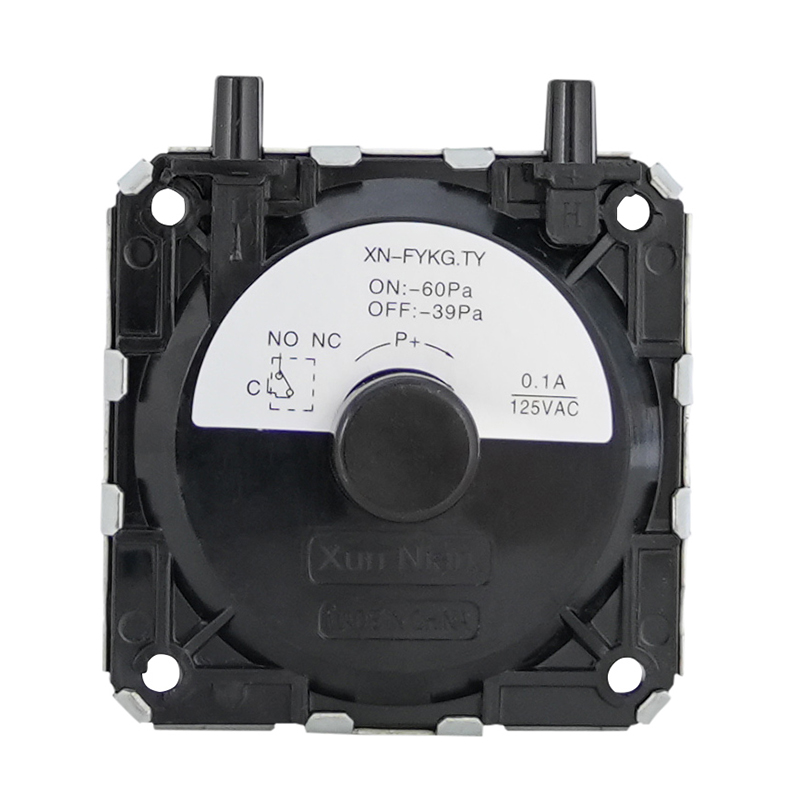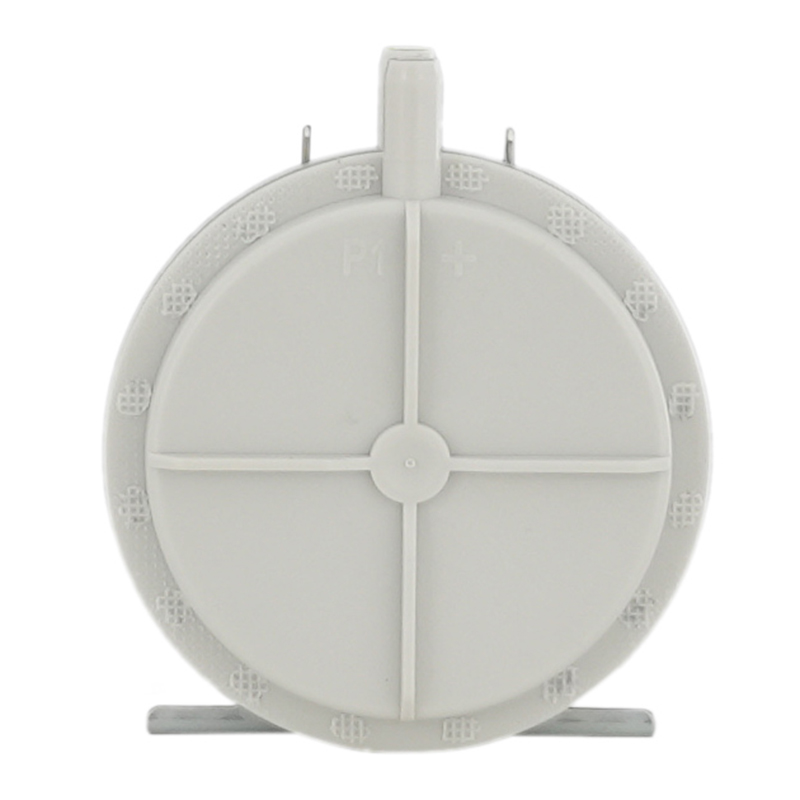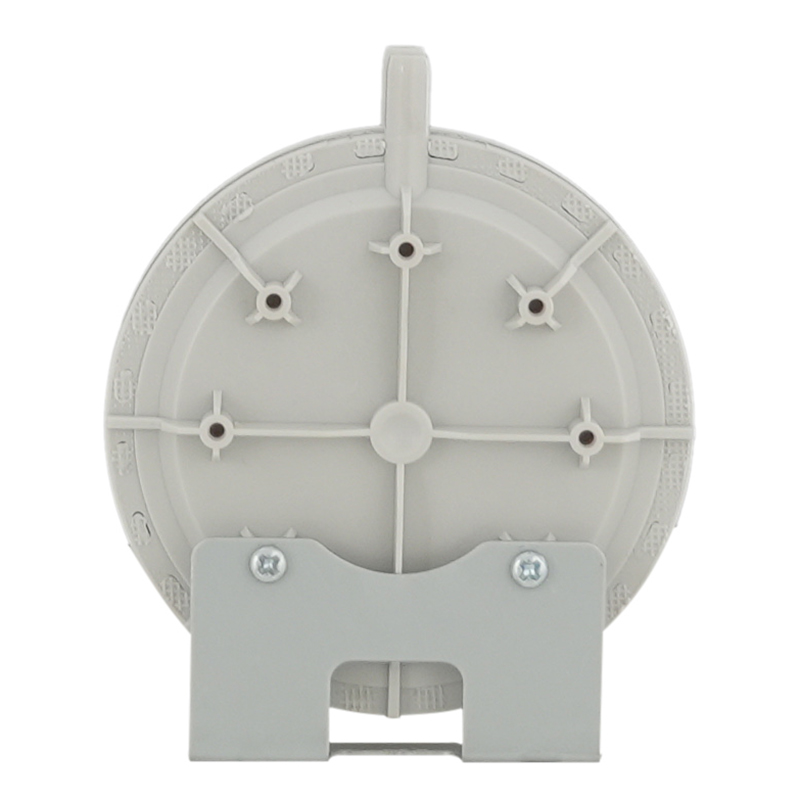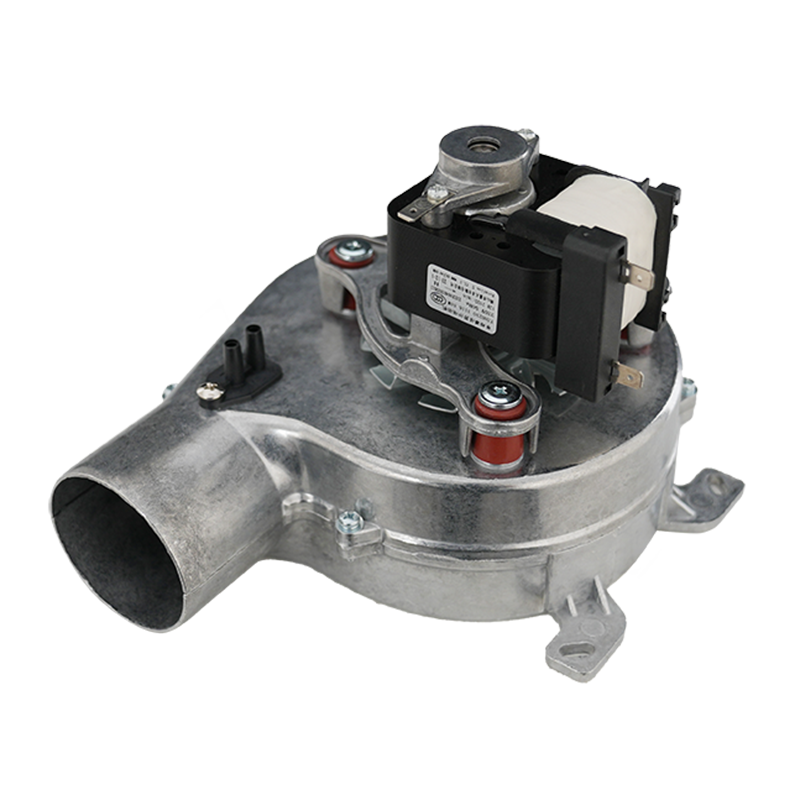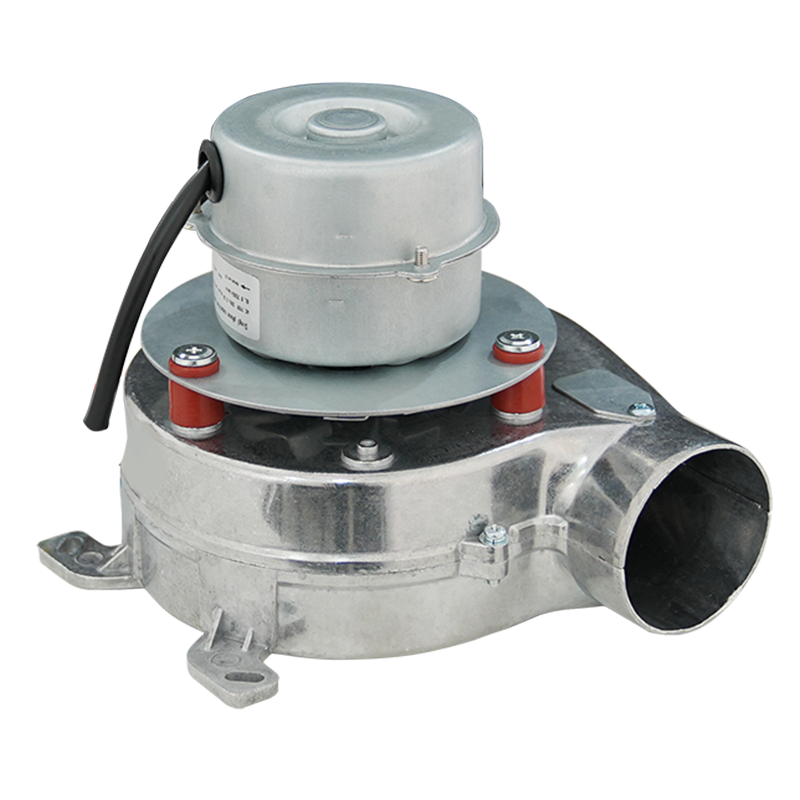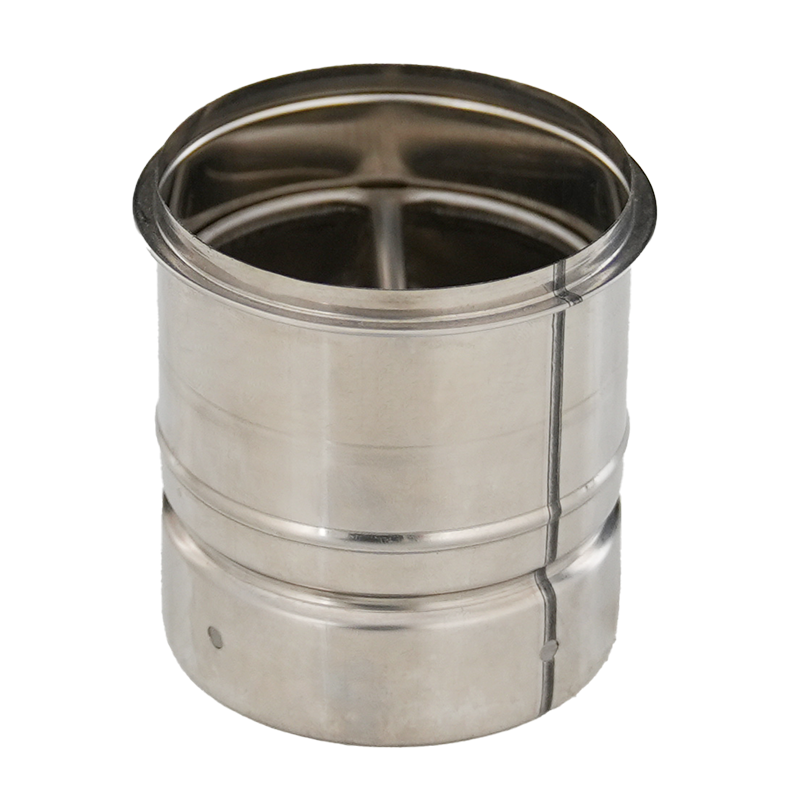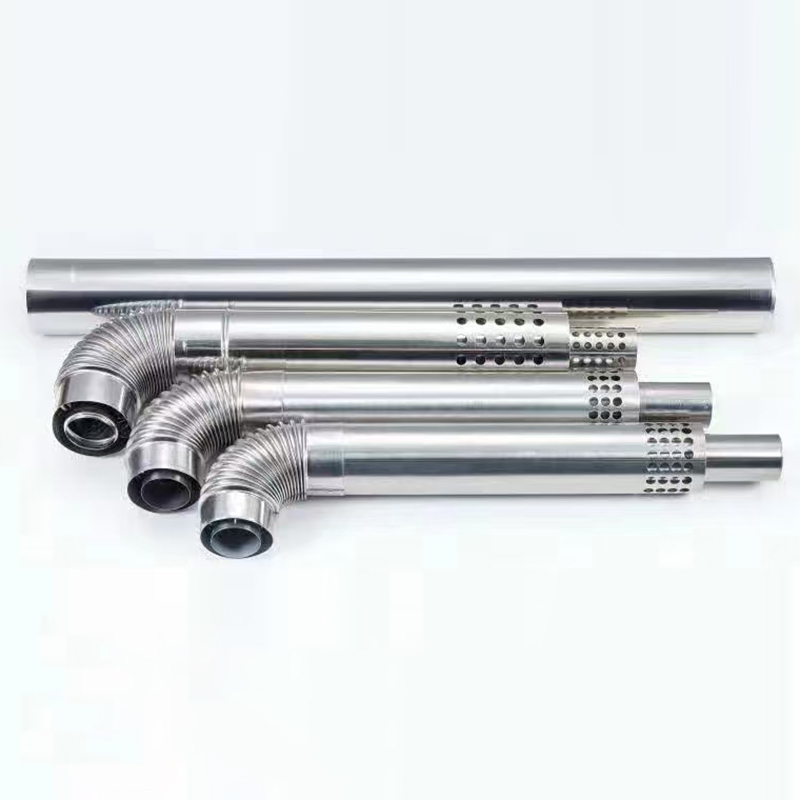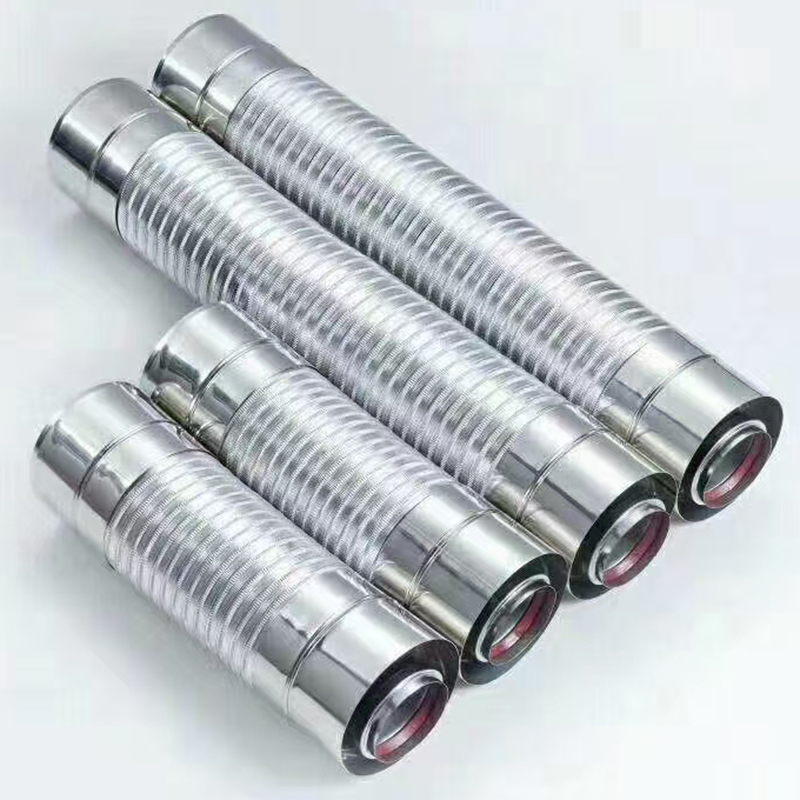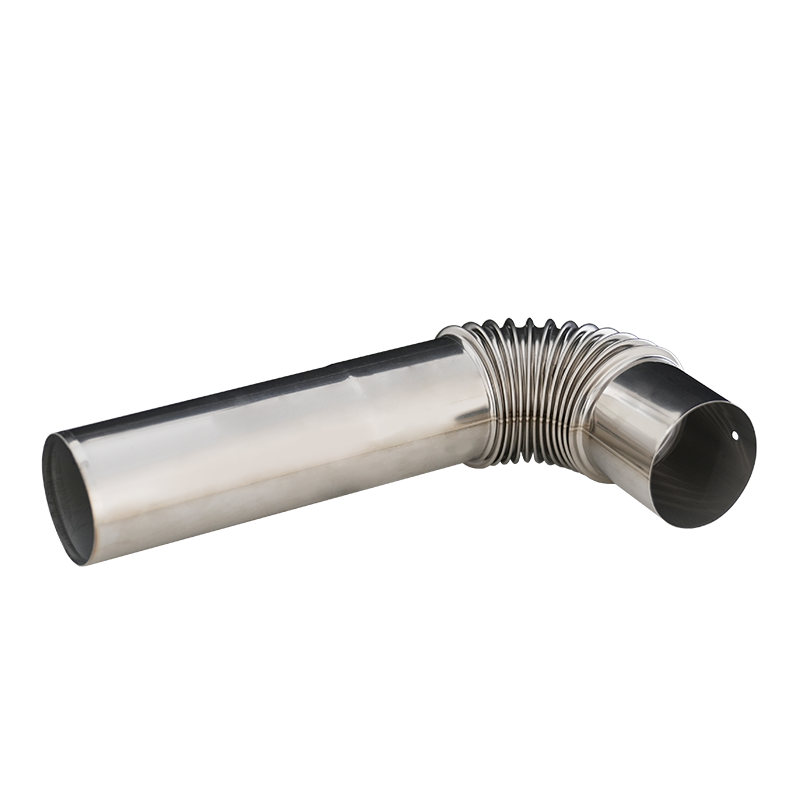As an energy-efficient heating equipment, the fan system of a condensing boiler is like a "respiratory system", responsible for balancing flue gas emission and air supply. Once the fan produces abnormal noise or stalls, it will not only cause a sharp drop in boiler efficiency but also may lead to potential safety hazards such as carbon monoxide leakage. According to industry data, fan failures account for 38% of the total failures of condensing boilers, among which abnormal noise and stalling are the two most common manifestations. This article will start from the root causes of failures and provide 5 scientific and systematic solutions to help technicians quickly locate problems and efficiently repair equipment.
1.Impeller Jamming: Foreign Object Cleaning and Dynamic Balance Calibration
Deformation of the impeller, wear of the casing, or deviation in the installation position may reduce the gap between the impeller and the casing, resulting in sharp metal friction sounds. The solution is to shut down the machine and check the wear of the impeller and casing as well as their installation positions. If the impeller is deformed, it can be repaired or replaced; if the casing is worn, local parts can be repaired by welding or replaced; if the installation position is deviated, it is necessary to readjust the relative position of the impeller and the casing to ensure a proper gap.
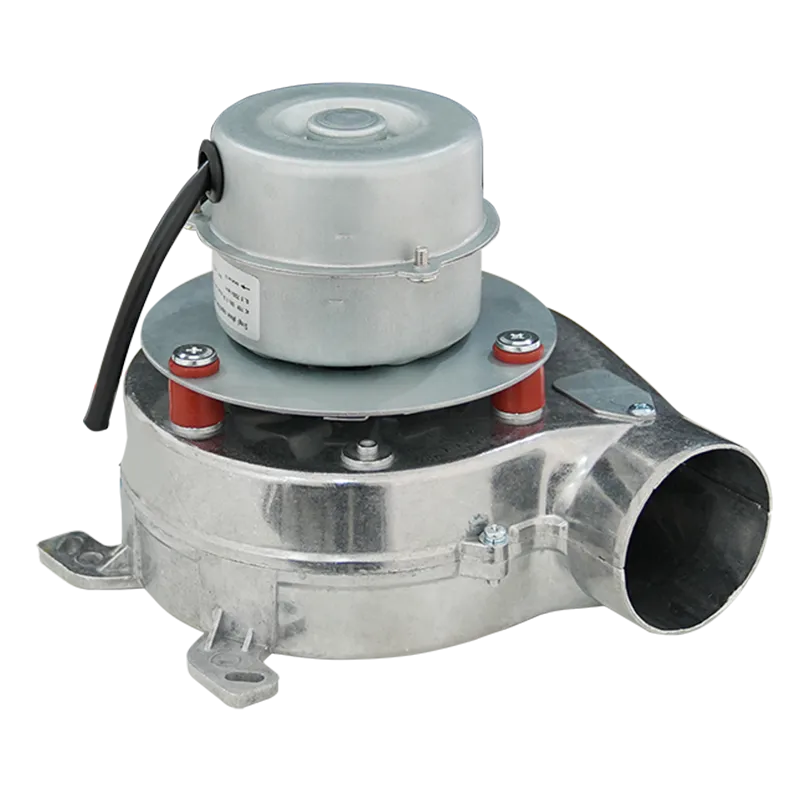
2.Bearing Wear: Lubrication Maintenance and Model-Matched Replacement
Bearings are important rotating components of the fan. Long-term use, insufficient lubrication, or contamination may cause bearing wear. Worn bearings will produce irregular abnormal noises, such as continuous "buzzing" or "clicking" sounds. When handling this, it is necessary to determine the degree of bearing wear. If the wear is slight, it can be improved by adding or replacing lubricating grease; if the wear is severe, the bearing must be replaced with a new one.
3.Flue Blockage: Pressure Sensor Calibration and Pipeline Dredging
When the fan operates with abnormal noise accompanied by a sudden rise in exhaust gas temperature, it may be an "overload sound" caused by flue blockage. If the coaxial flue of the condensing boiler is blocked by snow, bird nests, or backflow of condensed water, the exhaust resistance will increase, causing the fan to run overloaded. In the long term, this will trigger overheating protection and cause stalling. Especially in winter, when the outdoor temperature is below -5℃, condensed water is prone to freeze at the end of the flue, forming an "ice blockage".
The solution requires a two-pronged approach: first, dredge the flue. Use a special rod to clean the straight pipe sections, and use a high-pressure air gun to blow the bent pipes to ensure that the exhaust resistance is ≤ 200Pa; second, calibrate the pressure sensor. Adjust the position of the sampling pipe to match the fan speed with the flue pressure. In northern regions, it is recommended to install a snow cover at the flue outlet and set the slope of the outdoor pipe section to 3° to avoid condensed water retention. Through flue renovation in a certain community, the number of fan overload stalls in winter was reduced from 8 times per month to zero.
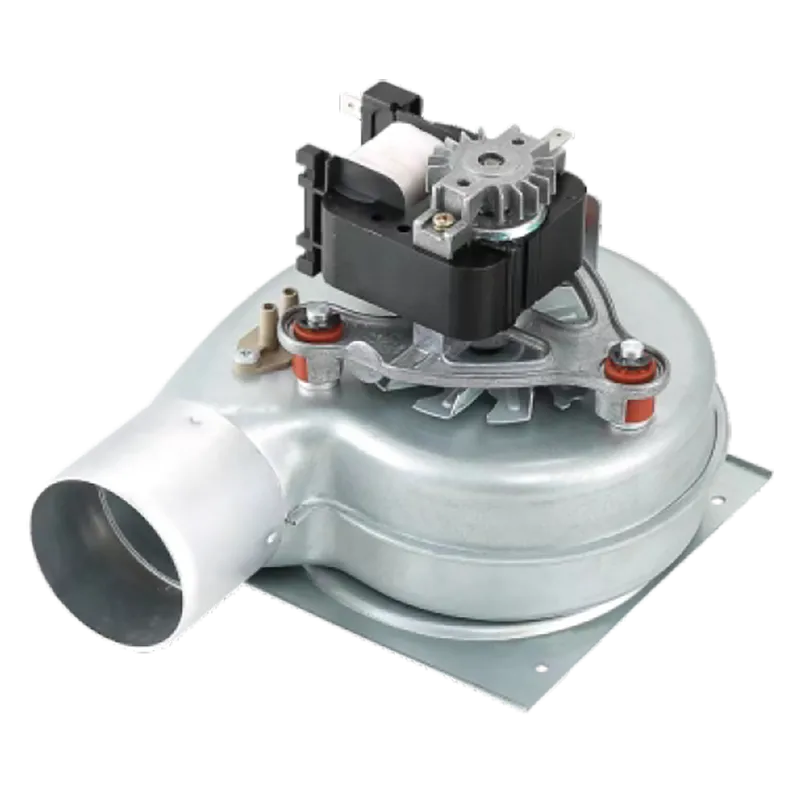
4.Control Board Failure: Line Inspection and Program Reset
If the fan stalls irregularly or makes abnormal noise accompanied by error messages on the display (such as codes E11, F23, etc.), it is necessary to check the communication link between the control board and the fan. Loose terminals and oxidized plugs will cause signal transmission interruption, showing "intermittent operation"; ablation of the control board relay contacts will cause unstable power supply, making a "sizzling" contact sound. In addition, program disorder may also misjudge fan faults, which requires resetting to restore factory settings.
During maintenance, first clean the wiring plugs with alcohol, fasten loose terminals, and measure the output voltage of the control board (which should normally be 220V±10%). For relay failures, replace with the same type of device (silver contact relays are recommended). Program problems can be solved by long-pressing the "reset" button for 5 seconds. In a certain case, the fan stalled because the control line was bitten off by a mouse. After repairing the wiring, the error still occurred, and it was finally completely solved by upgrading the control board program.
The handling of condensing boiler fan faults must adhere to the principle of "safety first". All operations must be carried out in a power-off state. When involving gas components, leak detection is required (apply soapy water to the interfaces). For daily maintenance, it is recommended to clean the fan impeller every six months and check the flue smoothness every year, which can reduce the probability of fan failures by 58%. Technicians must remember: abnormal noise is the "distress signal" of the equipment, and stalling is the last "self-protection measure". Timely response can prevent small faults from evolving into major accidents and ensure that the condensing boiler always operates in an efficient and safe state.


